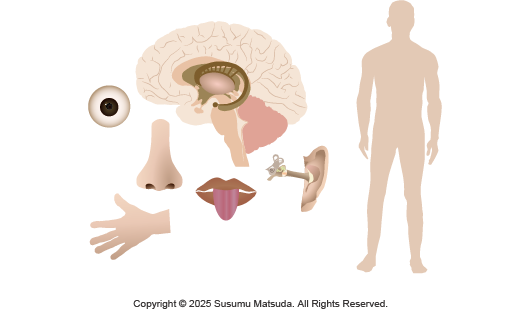In 2001, launched VR as a safety and security awareness campaign using 3D visual tools. Aiming to eliminate child accidents, we created VR videos vividly depicting infant and toddler accidents. These videos encouraged viewers to intuitively recognize and understand the causes of accidents and prevent them before they happen. We realized that viewers would not watch to the end unless we summarized the video in 20-30 seconds. Next, we designed various training simulators to improve skills. Because VR is controlled only by video and audio, it was difficult to master, and we found that realistic interaction with the actual device was necessary. We also found that motion capture, which reflects the operator’s posture in a virtual space, effectively builds physical memory by repeating movements multiple times. While reflecting the operator’s posture in a virtual space is a basic function of VR, even more realistic training becomes possible by reproducing tactile sensations while detecting contact with objects in the virtual space. Various techniques are used to reproduce tactile sensations in virtual spaces, including vibration (tactile pressure sensation), motors (kinesthetic sense: force sensation) that simulate the reaction force when pressing an object, and electrical discharges (nociception) that simulate pain when touching a sharp object. We discovered that combining these multiple tactile sensations with vision and hearing can adequately recreate a disaster and evoke a sense of fear.

Various methods for classifying human emotions have been proposed. According to Witvliet & Vrana’s “Relationship between Positive Emotions, Negative Emotions, and Physiological Responses,” emotions can be broadly categorized as fear, joy, relief, and sadness. We focused on fear and joy, which are closely related to the themes of safety and security. Because excessively strong emotional stimuli can be damaging to the mind and body, it is also important to limit bodily sensations. To safely realize multisensory experiences, immersive content must be designed with the human body’s effects in mind. We explored and verified the mechanisms for appropriately adjusting sensory stimuli in immersive experiences, based on a psychological understanding. Our results revealed that reproducing various tactile sensations (cutaneous sensations such as touch, pain, force, and temperature) and balance are important for eliciting negative emotions in people. Currently, technology for reproducing vision and hearing is the most advanced, but technology for reproducing other senses is still in development. To achieve a sense of security, we need to further develop the reproduction of the five senses and analyze and clarify which senses are important for eliciting each emotion. However, this area of understanding is still insufficient in society. By reproducing vision without using 3DVR and solving these issues, we aim to create a safer society. In the next installment, we plan to explain the mechanism behind emotion generation.